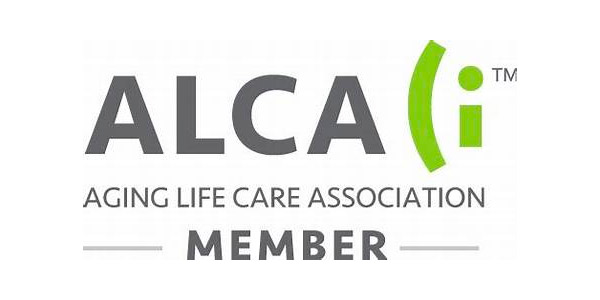May is Osteoporosis Awareness and Prevention Month!
 By Lizzy Carr, RN, CMC
By Lizzy Carr, RN, CMC
What is Osteoporosis?
Osteoporosis is a bone disease that weakens your bones and makes you more susceptible to fractures. Osteoporosis means “porous bone.” Osteoporotic bones have lost density or mass and contain abnormal tissue structure. As bones become less dense, they weaken and are more likely to break. Weakened bones may break from a fall or, in serious cases, from sneezing or minor bumps.
Who is at Risk?
People commonly think that you are only at risk for Osteoporosis due to not getting
enough calcium from your diet. There are more factors at play however.
-
People assigned female at birth (AFAB), especially people AFAB in post menopause.
-
People with a family history (if someone in your biological family has osteoporosis).
-
People who are naturally thin or who have “smaller frames.” People with thinner statures often have less natural bone mass, so any losses can affect them more.
-
People who smoke or use tobacco products. (Cleveland clinic: 4443 Osteoporosis)
About 54 million Americans have osteoporosis and low bone mass, placing them at
increased risk for fractures. Studies suggest that approximately one in two women and up to one in four men age 50 and older will break a bone due to osteoporosis.
Your healthcare provider will tell you if you have medical conditions or are on medications that put you at higher risk.
How to determine if you are at risk or have Osteoporosis?
Consult with your healthcare provider to order a bone density test for proper diagnosis. This test is an X-ray type test that measures the mass, density, and mineral makeup of your bones. It is a simple outpatient test that is not invasive at all.
The Cleveland Clinic article adds: “Even though osteoporosis doesn’t directly cause
symptoms, you might notice a few changes in your body that can mean your bones are losing strength or density.” These warning signs of osteoporosis can include:
-
Losing an inch or more of your height.
-
Changes in your natural posture (stooping or bending forward more).
-
Shortness of breath (if disks in your spine are compressed enough to reduce
your lung capacity). -
Lower back pain (pain in your lumbar spine).
What are the Treatment Options?
There are many medication treatments to help slow down bone loss and strengthen existing bone mass. They can be taken in oral (pill) form or by injection. Regular weight bearing exercise like walking, proper diet as well as prescribed and over the counter vitamins and supplements are also helpful preventative and treatment measures. What works best for you is determined by you and your doctor.
Note: Care Managers play an important role in assisting our clients with Osteoporosis treatment as well as reducing their fall risk both in their home and when out. We coordinate physical and occupational therapy to strengthen, and recommend many services and supports to assist our clients to live their best life safely.
Sources:



